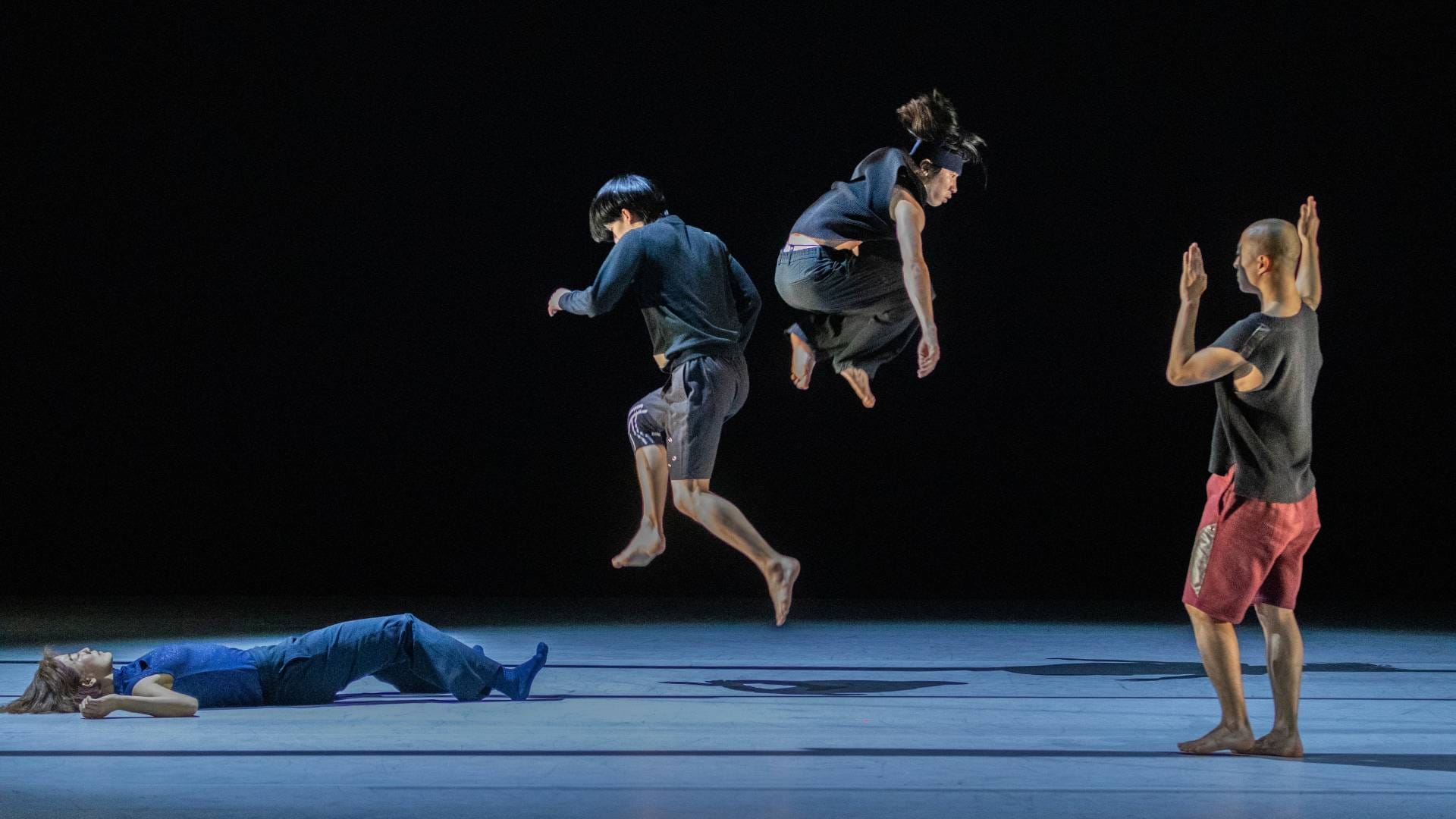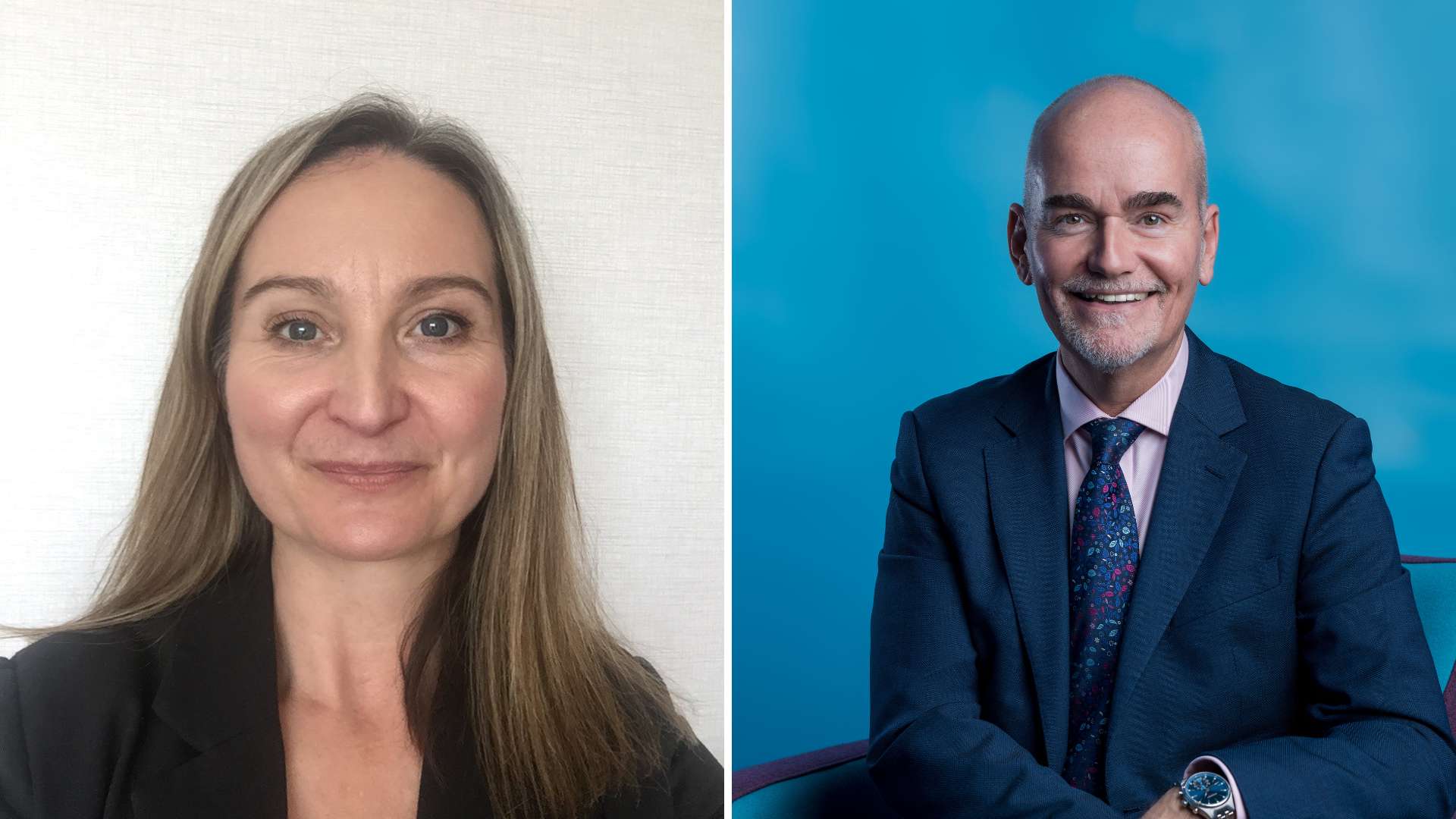Award-winning choreographer Léa Tirabasso brings philosophical dance piece, Starving Dingoes to Birmingham and London this February. This exploratory work fuses science and movement while questioning the notion of death, and surrendering to it.
Five dancers race to stay together, exploring the urgent need to stay alive and remain connected as a group. The cohort faces the audience as an interconnected pack, primitive and animalistic like the music that supports them. Tirabasso has collaborated with philosopher Thomas Stern (University College London) and oncologists Simone Niclou and Aleksandra Gentry-Maharaj to develop Starving Dingoes, creating bridges between science and dance, and looking at the process of the apoptosis – programmed cellular death.
Starving Dingoes is at DanceXChange, Birmingham Thursday 10th February 2022, 8pm and The Place, London Saturday 12th February 2022, 7.30pm
You’re bringing Starving Dingoes to Birmingham and London this month, what can you tell us about the production?
It is a very physical and otherworldly piece. It will make you want to dance and feel dizzy. I believe that the audience will experience many and mixed emotions. The production is highly human and very creature-like too.
What inspired you to create Starving Dingoes?
My endless fear of death, my questions about consciousness being a curse and my interrogations around the cells populating our bodies.
I do wonder whether we might be happier and lighter if we did not know that we were mortal.
Is consciousness the beginning of madness? Knowing that the life we are living has an expiration date could either help us live the moment deeply, or bring us sorrow and despair.. Unfortunately I am rather a pessimistic, and would belong to the “sorrow and despair” group.
I am extremely interested in the way our corporeal needs, somehow, are cutting short our spiritual life; the stifled pulses, the appearances we tend to preserve for the sacred, yet tamed, social and civilized self.
With my previous piece The Ephemeral life of an octopus I questioned the way healthy cells become unhealthy. In that work in particular, it was cancer I was exploring. I discovered the fascinating phenomenon of Apoptosis: programmed cell death. A healthy cell “knows” how or when to die. An Onco-Geneticist I was collaborating with (François Eisingher, Institut Paoli-Calmettes, Marseille FR), told me that an unhealthy cell has “lost its ability to commit suicide”.
And I wondered: what do other cells do when one cell dysfunctions? Do they try to kill it to save the whole?
And what does the dysfunctional cell do? Does it try to kill itself to save the whole? Does it even realise it is endangering the rest of the body?
What do we do about a dysfunctional element, do we try to repair it or do we want to destroy it. That goes with the cellular world, but also, society, politics, ecology etc.
What are we ready to sacrifice? Why do you think this bridge between science and dance works so well?
In my experience, collaborating with oncologists, surgeons and geneticists was the perfect excuse to ask a lot of questions about something I wanted to know more about. I did not realise it was feeding the work that much. Without trying to explain anything with dance, nor to have dance explaining anything about science, it became about my understanding, my feeling of it.
Starving Dingoes is an imaginative response: how would a group (of cells, people, countries) react in front of someone or something that does not seem to work, that does not feel right.
What’s been the biggest challenge you’ve faced in bringing it to the stage?
I think there has been a few great challenges!
The first one is, of course, COVID! We created the piece across 2021 and had to reschedule our research sessions, had to work; create and rehearse via Zoom because of isolations, confirmed covid cases or travel restrictions. Everything was and is still very fragile. I believe this has made us even
closer and stronger as a team!
The second one is a more joyful one, there were many babies made and born throughout the process and the tour. This has had an impact on the logistics, but nothing that we didn’t find a solution for!
On an artistic level, after the success of The Ephemeral life of an octopus, I was very nervous to make anything new. Was I going to succeed in creating something I was going to believe in as strongly as I did for the Octopus. I was.
And what have you enjoyed most about the process of creating Starving Dingoes?
The team! The team is wonderful, fearless, excited and exciting.
We worked for 6 weeks in a row in the most incredible location in France (La Chapelle d’Annonay, thanks to La Baraka Company, les Théâtres de la Ville de Luxembourg and FOCUNA). This was the first time I got to create for more than three weeks in a row and it was a great experience to dive in the work together for so long, cut off from the rest of the world.
I enjoyed not knowing where the piece was going to take us, and I loved discovering what it became.
What would you say to anyone thinking of booking to see Starving Dingoes?
Take a deep breath.

















